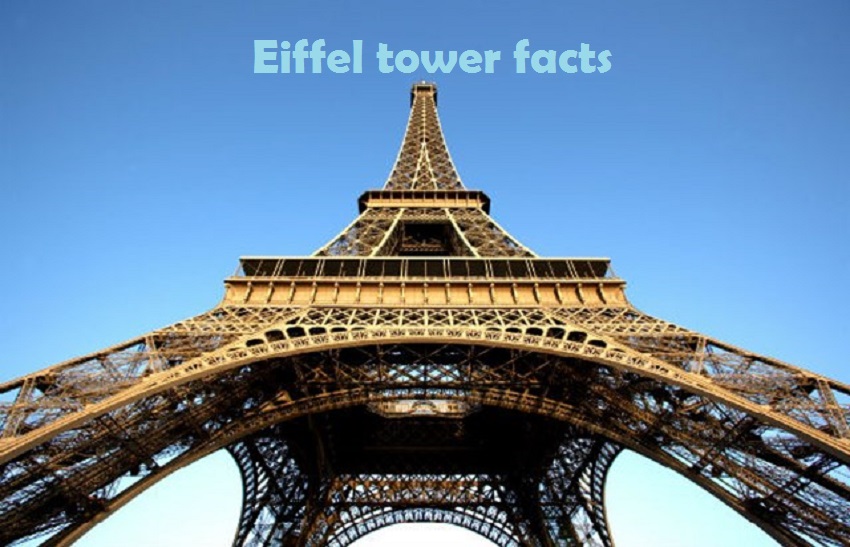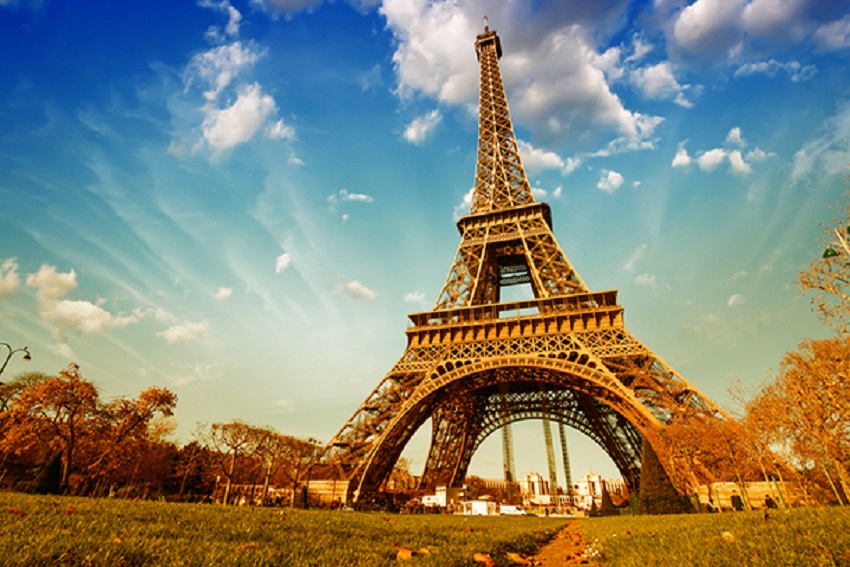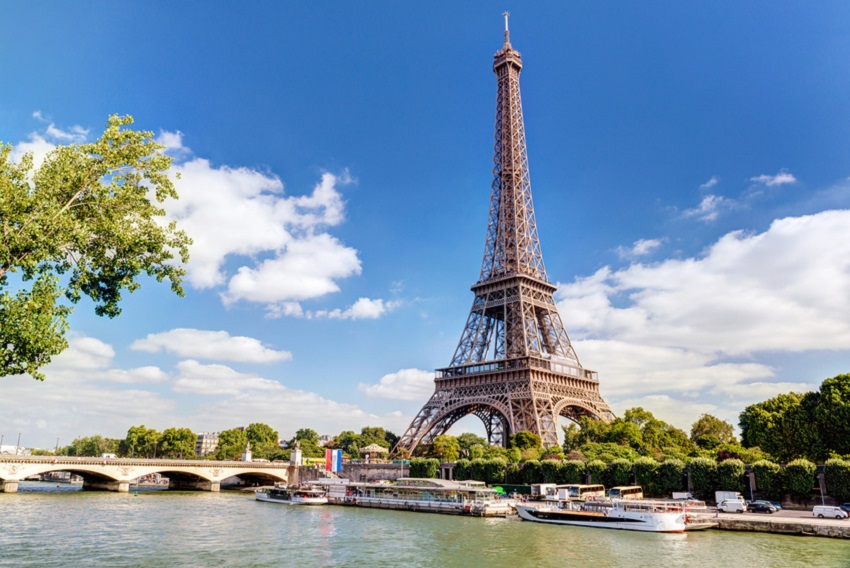Symbol of Paris, the Eiffel Tower was inaugurated on March 31, 1889. In the framework of the World Fair of the Universal Exposition to commemorate the anniversary of the French Revolution and to demonstrate to the whole world the industrial strength of France. In this article, we present 10 Eiffel tower facts and history.
Its construction began on January 28, 1887, and its doors were opened to the public on May 6, 1889. It was designed by Gustave Eiffel together with the architect Stephen Sauvestre. Many engineers demonstrated against him as he considered that “it would make the city ugly.”
Eiffel tower facts and history
- Its total height is 324 meters, including the antenna that it has at the top; without it, it would only reach 300 meters.
- Its construction lasted just over 24 months and had the work of 50 engineers and more than 250 workers.
- To reach the highest point, you must climb 1662 steps. However, from the second level to the top the road is closed to the public, and it is mandatory to use the elevator. There are 360 steps to reach the first level and 359 for the second level.
- The weight of the metallic structure is 7,300 tons; however, a total weight of more than 10,000 tons is currently considered for the museum, stores, and restaurants that were added.
- Every 5 years is painted with 50 tons of paint to avoid corrosion of the material. That is why it has had several colors, such as yellow and gray. On the first floor, you can vote for the next color.
- In summer it grows due to the thermal expansion of the metal. It reaches about 18 centimeters more and tilted 7 centimeters by the wind.
- Gustave Eiffel presented his project in several cities before going to Paris, among which Barcelona stands out. But in all, it was rejected. The structure of the Statue of Liberty is also attributed to him.
- The total cost was 7,799,401 francs. It has 108 floors and more than 5 million lights distributed throughout the tower. Its foundations have a depth of 30 meters, and there are more than 2 million safety rivets.
- The Levallois-Perret factory was responsible for making all metal accessories and rivets. Only 40% of the manufactured products were used, and the rest was returned to say factory.
- Originally, I would be standing only for 20 years. But thanks to its communication purposes for the antennas that had been placed, its demolition was canceled. It became one of the main tourist attractions from the 60’s.
Why is it called Eiffel Tower?
Due to the civil engineer Gustave Eiffel (1832-1923) who had previously designed several bridges for the French railway network. Undoubtedly, the design of the Eiffel Tower is considered its flagship project, as it became known worldwide and was converted into the symbol of Paris. Eiffel also traced La Ruche (The Beehive) in Paris, another of the city’s landmarks.
History of the Eiffel Tower
It is from the late nineteenth century that the Eiffel Tower rises towards the sky of Paris (It was celebrated its 25th anniversary in 2014). Symbol of the country, at the beginning this work was not foreseen to last. The key date associated with the history of the Eiffel Tower is undoubtedly the Universal Exhibition of 1889.
On the occasion of the centenary of the French Revolution, a contest was organized, which included the “possibility of raising an iron tower on the Martian Field, with a square base, 125 meters wide and 300 meters high.” Of the 107 projects, that of Gustave Eiffel was retained. He had at his side Maurice Koechlin and Emile Nouguier as engineers, and Stephen Sauvestre as the architect.
The project got many detractors at that time, who considered the Tower as a threat to the aesthetics of the city, and that was manifested through the protest letter of the artists against the Eiffel Tower.
An iron tower erected in the heart of Paris did not fit, according to them, the elegance and refined beauty of the city. For example, Verlaine nicknamed the Eiffel Tower the “bell skeleton” to describe the unsightly appearance of the monument, a giant tower that “disfigured” the city.
The fragile iron tower would be built despite the protests. The work would last two years. It would be carried out in three phases once the foundations were built. The construction of the first floor was completed on April 1, 1888, the construction of the second floor on August 14, 1888.
At last, the final assembly of the upper part of the tower on March 31, 1889. The monument was inaugurated on March 31, 1889. Gustave Eiffel climbed the 1710 steps of the Tower to plant the French flag at the top. At this time, the tower was 312 meters high.
A provisional tower, the symbol of the capital
When the project was launched, it was foreseen that the exploitation right related to the agreement for the construction of the tower would last 20 years. At the end of this period, the tower should be destroyed. Meanwhile, the tower had a great success at the Universal Exposition, with 2 million visitors coming to upload it. It thus became the symbol of the French industrial power of the time.
The tower was also successful in the exhibition of 1900. Gustave Eiffel will then have a decisive role so that the tower is not destroyed: it will try to demonstrate the scientific utility of the tower by multiplying scientific experiments in areas such as astronomy and physiology.
Finally, what will save the tower will be its use as a radio antenna, used for the first time for military communications and then for a permanent radiotelegraph communication. Eiffel tower facts had utility during the First World War.
Tags: eiffel tower, paris, the 10, travel







Leave a Reply